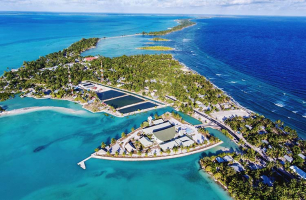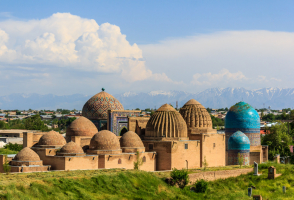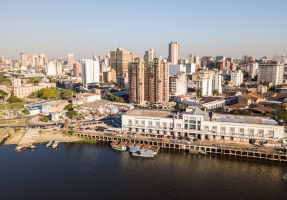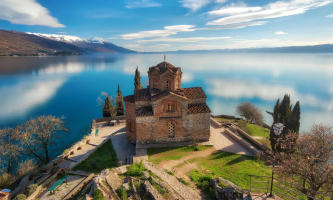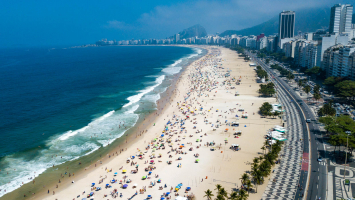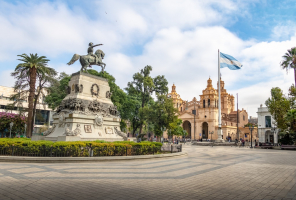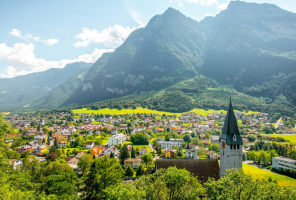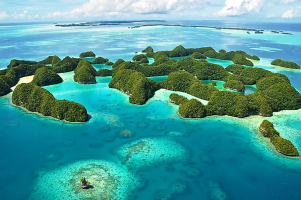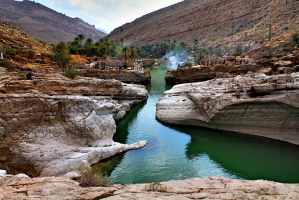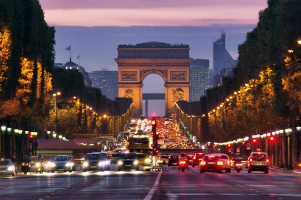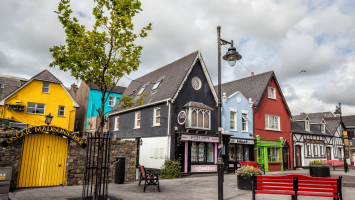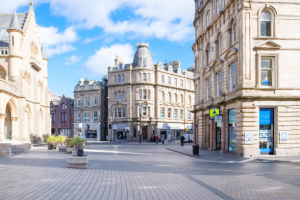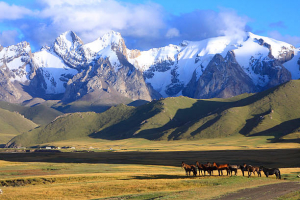Top 11 Reasons to Visit New Zealand
Most people undoubtedly associate New Zealand with magnificent national parks, the Kiwi bird, and The Lord of the Rings. All well, but the first thing you ... read more...should know is that New Zealand is extraordinarily diverse and distinctive. The breathtaking scenery and welcoming people of New Zealand contribute to the distinctiveness of the country. You may expect unique experiences here every single day. Few places can offer so many breathtaking natural beauties condensed into such a short space. Here are the top reasons to visit New Zealand that can persuade you if you haven't given the idea much thought in the past.
-
New Zealand has a lot to offer if you're looking for spectacular scenery and memories that last a lifetime. New Zealand, which consists of two main islands, boasts an astounding variety of magnificent landscapes, from beaches and subtropical forests in the north to glaciers, lakes, and snow-capped mountains in the south. There are also hot springs, fjords, volcanoes, and stunning, rolling green pastures—a diversity unmatched on the planet.
Milford Sound is one example of an unspoiled landscape. It is dubbed the "eighth wonder of the world" by poet and author Rudyard Kipling and is undoubtedly one of the most beautiful places on earth. It is one of New Zealand's top natural wonders. It is home to numerous waterfalls, the most magnificent of which is Stirling Falls, three times higher than Niagara Falls and plunges approximately 500 feet. Many boat tours will take you up close, so close you may be right beneath the water, to the cascades as they vertically spill over the rock into the fjord.
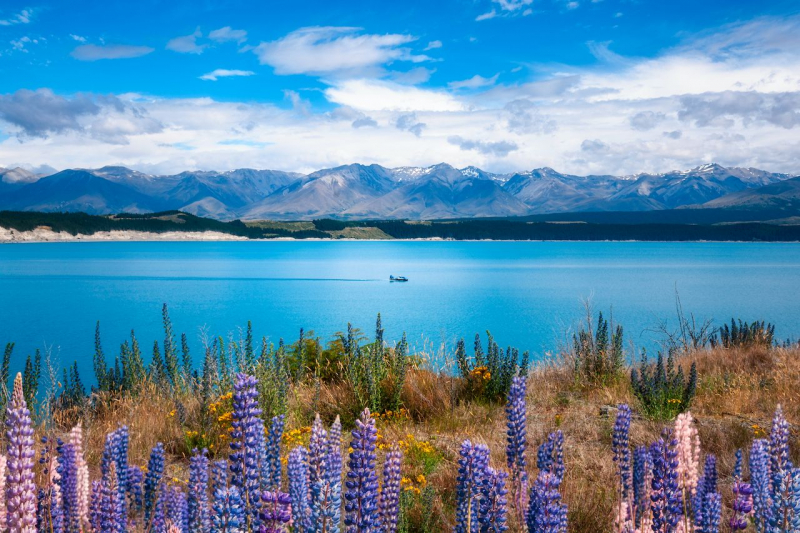
matadornetwork.com 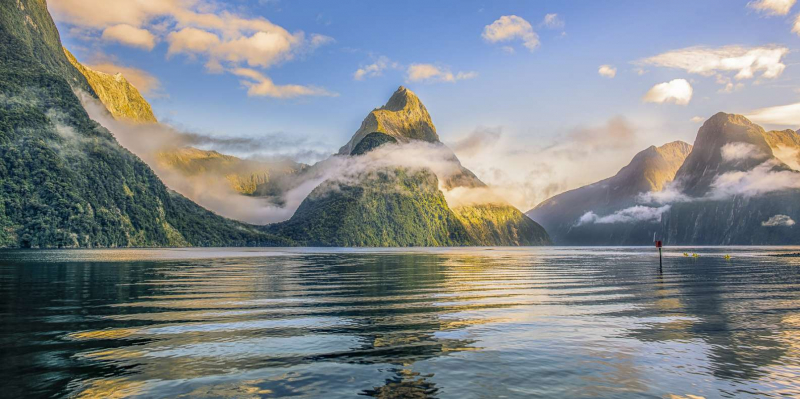
getyourguide.com -
The climate of New Zealand varies greatly. While the South Island's inland alpine regions can see temperatures comparable to those of winter, the far north has subtropical weather in the summer. However, because so much of the nation is coastal, it has moderate temperatures all year long. This thing is one of the reasons to visit New Zealand.
The most common season for travel to New Zealand is summer. The number of visitors rises in December, January, and February as people arrive from abroad to travel while the weather is warm. More Kiwis are visiting New Zealand during the summer months in order to take advantage of the weather and the Christmas holiday. The best time to travel to New Zealand is in the autumn if you want to take advantage of bright days with fewer tourists around. The weather is still rather pleasant from March to May, especially in the north, but there are fewer people around. Since autumn is also the shoulder season, you may take advantage of lower rates on lodging and entertainment.
However, if you love snow sports, winter is the greatest time to travel to New Zealand. Queenstown and the Central Plateau are transformed into winter wonderlands by a light sprinkling of snow. The best time to visit New Zealand is either July or August if you want to ski or snowboard down the Southern Alps' slopes. Besides, September marks the start of spring, which lasts until November. The weather starts to warm up at this time of year, and although there is still a high likelihood of rain, it is the ideal time to enjoy outdoor activities like trekking. Spring is a particularly gorgeous season in New Zealand because it also sees the appearance of calves, lambs, and daffodils in the country's lush fields. There are frequently cool evenings and warm days, which makes for comfortable travel conditions.
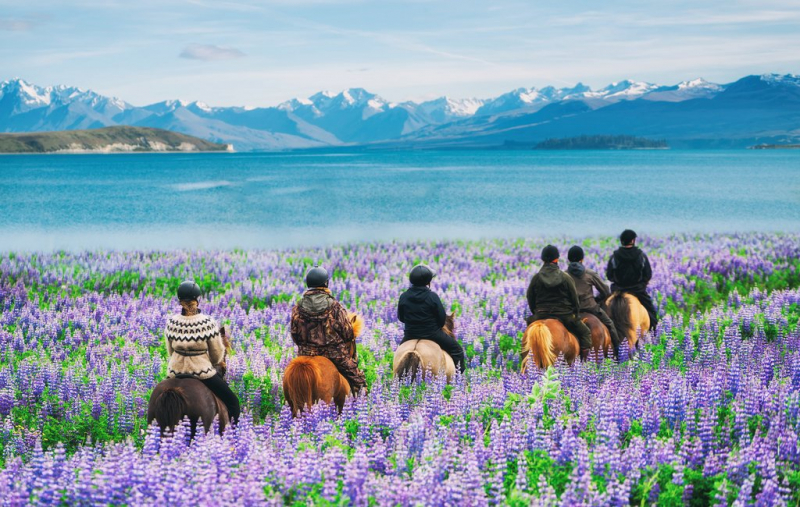
kimkim.com 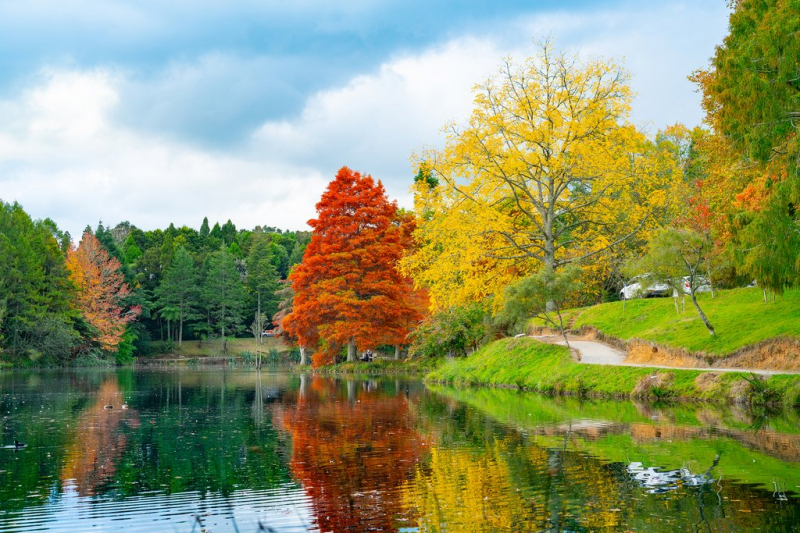
kimkim.com -
New Zealand is without a doubt one of the world's most unusual destinations. You can be lounging on a beach with black sand one day and discovering a steep volcanic crater the next. Its varied geography is a traveler's paradise since it makes it possible to run upon some of the most uncommon, peculiar, and downright crazy locations that are unique to nowhere else on earth. This thing is definitely one of the reasons to visit New Zealand.
The Southern part of the country wraps around a melancholy coastline and lends itself to panoramic views, endlessly extended horizons, and unearthly landscapes. It takes you back to a period when nature felt raw, unspoiled, and uncharted. Captain Cook gave the rocky islets that dot the water at Nugget Point their names because they resemble gold nuggets. A trail leads to the imposing lighthouse located on the cliff's edge. Nature brings biodiversity, and this area is teeming with cuddly and hairy creatures. There is much to learn, whether it's about the adorable Little Blue Penguins of Oamaru that run in from the shore to find shelter or the Fur Seals and Yellow Eyed Penguins of Dunedin that parade on the beach.
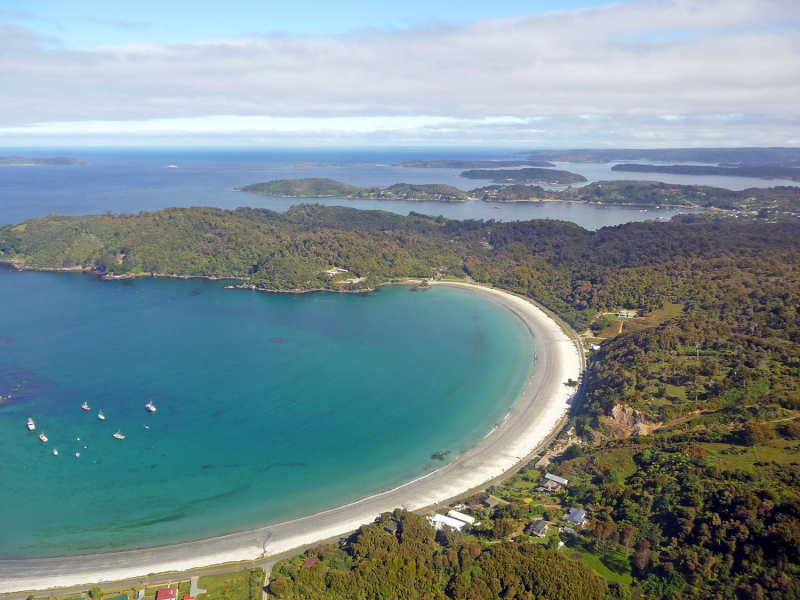
we12travel.com 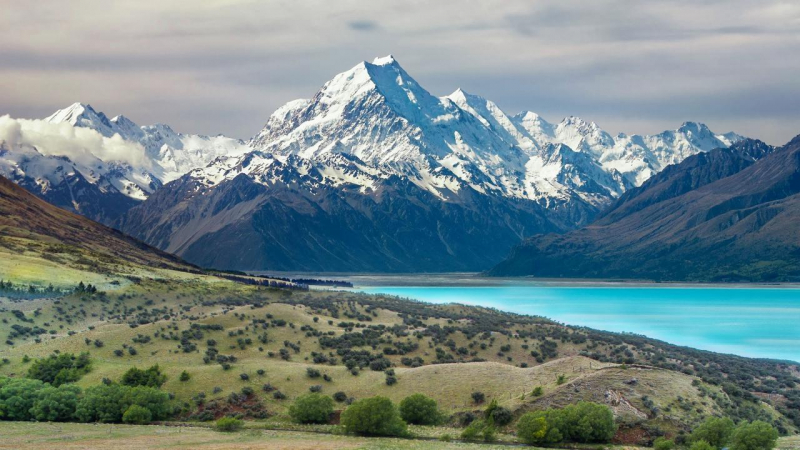
bayleys.co.nz -
Traveling in New Zealand is also amazing because of how wonderful the people are there. Many tourists claim that this is what distinguishes New Zealand. New Zealanders are easy-going, amiable, and constantly seeking out new experiences. They will converse with you, provide you with directions, and inquire about your visit's duration, your intended destination, your origin, etc. They are passionate about showcasing to visitors the best that their stunning country has to offer and love being outside.
Meeting the Māori people of New Zealand is also something that you will never forget. The Mori word manaakitanga, which loosely translates to "hospitality," is a traditional value that is highly valued. Making guests feel welcome and at home when they visit is vital in the eyes of the Mori people. In addition, the Mori have a notion known as Kaitiakitanga that speaks of a close relationship between people and nature. They regard themselves as stewards of the land they occupy, and they feel it is crucial to assume responsibility for protecting the environment. Today, every New Zealander contributes to the restoration of Mori culture and the environment, taking great care to keep New Zealand green, clean, and lovely for present and future generations to enjoy.
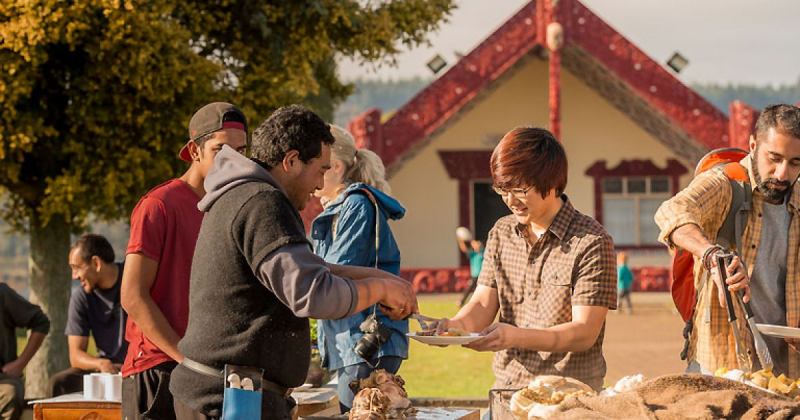
live-work.immigration.govt.nz 
traversejourneys.com -
Getting outside and taking a walk through breathtaking natural scenery is one of the activities that many travelers planning a trip to New Zealand are most eager to perform. The greatest part about New Zealand is that it has a ton of fantastic walking trails that are easily accessible, well-maintained, have top-notch amenities and signage, and, best of all, will whisk you away to some breathtaking scenery in no time. There are literally hundreds of tracks all throughout the nation that you'll adore; you don't even need to be an expert hiker or particularly physically fit to enjoy them.
You might wish to attempt the Tongariro Crossing if you enjoy hiking. It is regarded as the best day trek in the entire country of New Zealand and appeared as Mordor in the Lord of the Rings movies. You can feel as though you are stepping on another planet as you explore this bizarre, sulfur-scented, volcanic terrain of sand that is different colors and sharp rock. Additionally, there are day hikes and multi-day expeditions on the well-known Milford & Routeburn Tracks.
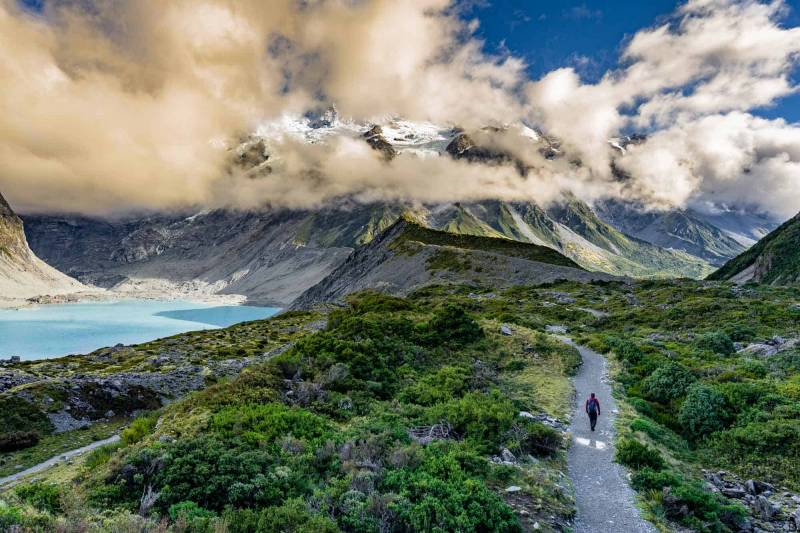
nomadasaurus.com 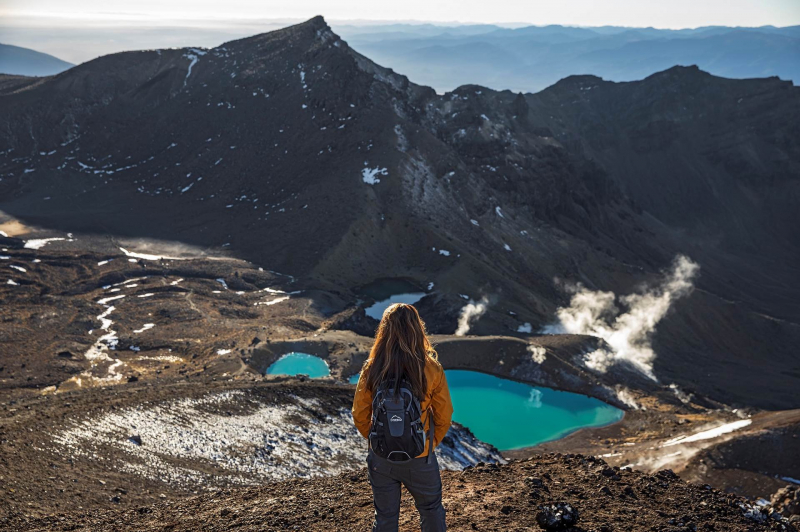
lovetaupo.com -
If you enjoy a good pint or have a passion to discover different types of wine, then you absolutely need to visit New Zealand. This nation produces some of the best wines in the world thanks to its moderate climate and diverse soils. New Zealand is well known across the world for its wine because of the oceanic environment, abundance of sunshine, and evenings that are kept cool by the sea wind.
One of the most famous drinks in New Zealand is Sauvignon Blancs. Sauvignon Blancs from New Zealand is flavorful, robust wines. More than 70% of the wine is made in New Zealand today and more than 80% of the wine exported from that country is Sauvignon Blanc. At the northern end of the South Island, in the Marlborough region, Sauvignon Blanc makes up the vast majority of the country's exports. Sauvignon Blanc made in the Marlborough region is famous for its strong grassy and tropical fruit notes. Additionally, they are renowned for their mouth-wateringly strong acidity and grapefruit and green bell pepper flavors.

vinepair.com 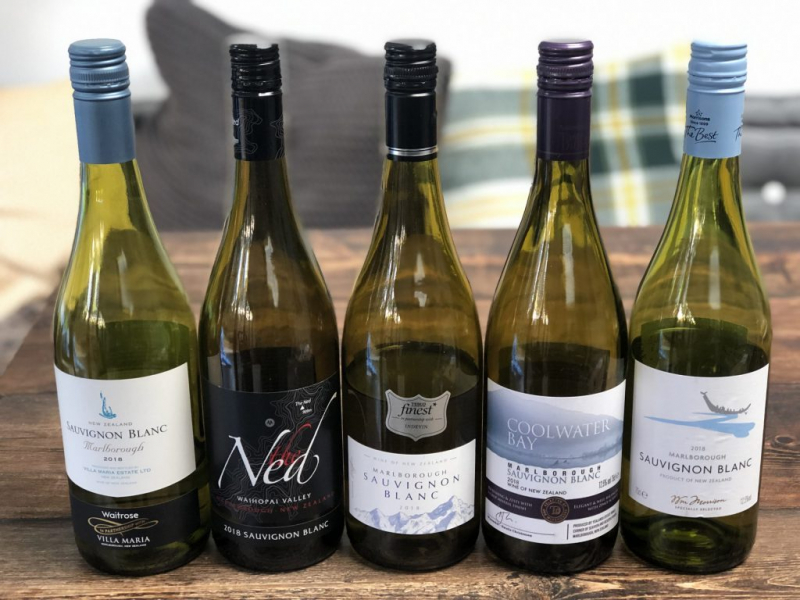
winehack.co.uk -
The cuisine of New Zealand has been dubbed Pacific Rim, including influences from Polynesia, Europe, and Asia. This fusion of influences has produced a delectable variety of flavors and food at cafés and restaurants around the country. Lamb, pork, cervena (venison), salmon, crayfish, Bluff oysters, whitebait, paua (abalone), mussels, scallops, pipis and tuatua (both types of New Zealand shellfish), kumara (sweet potato), kiwifruit, tamarillo, and pavlova, the country's signature dessert, are some dishes with a distinctively New Zealand flavor. Its uniqueness also lies in the manner in which New Zealanders eat, which is typically as unhurried and unaffected as possible, in keeping with the laid-back Kiwi mentality.
The smoky flavor of the traditional Mori hangi (pronounced hung-ee) is a necessary culinary experience for an authentic sense of New Zealand. A large hole is excavated, filled with plants, and lined with hot stones to cook the food beneath. The food, which includes potatoes, kumara (sweet potato), chicken, pig, lamb, and other veggies, is then put on top. More plants are used to seal the oven after it has been watered throughout. After filling the pit with earth, it is left to steam for a while. In addition, while fish and chips may not rank highly on the scale of nutritious foods, a dinner of this classic takeaway food from New Zealand is a must-have for any visitor to the country.
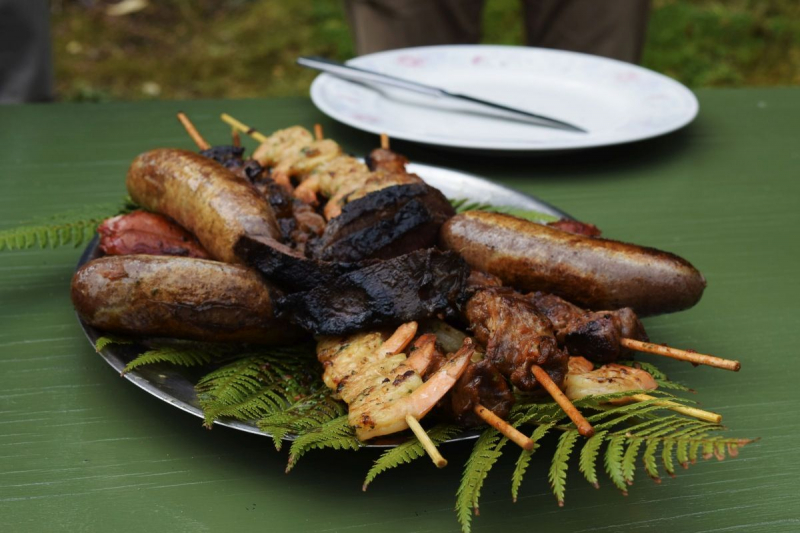
nzpocketguide.com 
aucklandnz.com -
New Zealand is a country known for its bright green mountains, chalky blue rivers, and remote, uninhabited areas bursting with life. The terms "unique" and "primitive" come together to describe New Zealand's nature. Incredibly, 80% of the plants and 70% of the animals are wholly exclusive to New Zealand. It feels like you've traveled back in time when you set foot in this country. You have to take your time to enjoy it, even if it is majestic and odd. Step back into prehistoric times with us and get a peek at what the planet was like before. New Zealand nature is like a time capsule.
With some of the most beautiful and pure waters in New Zealand, Blue Pools of Haast Past is a favorite destination for tourists seeking to take in the scenery. On the walk, you can opt to hike while viewing the waterways below and coming across a swing bridge. Alternatively, you may cool yourself in the shallow water of the pool itself. The Blue Pools are merely a small portion of the larger Makarora River, which has powerful currents; be sure to avoid swimming in it.
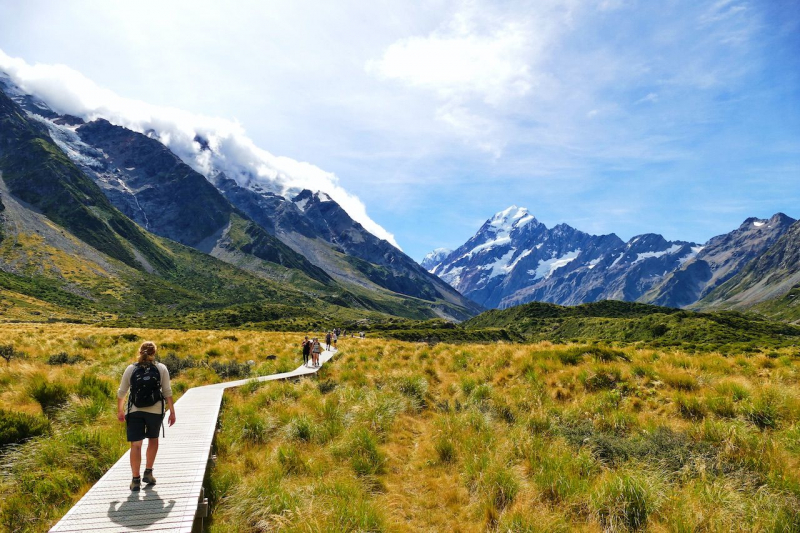
matadornetwork.com 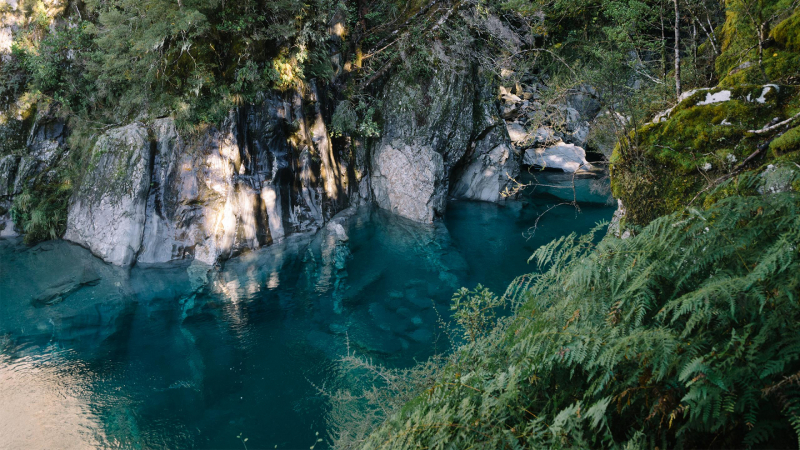
lakewanaka.co.nz -
New Zealand has a very distinctive and dynamic culture. The language, the arts, and even the accents of all New Zealanders are influenced by the culture of the country's native Maori people. New Zealanders and their culture are unique in the globe due to their location in the South Pacific and their passion for the outdoors, sports, and the arts.
Maori people still exist today all around New Zealand, and many of them are actively interested in preserving their language and culture. The marae serves as the center of social, cultural, and spiritual life in any Maori village. A communal "plaza" area known as a marae is comprised of a wharenui (meeting house) and wharekai (dining room). Traditional carvers contribute to the preservation of Maori culture by producing exquisite pieces that honor the past. Every carving has a narrative that may be understood by those with the right skills. Events are recorded and remembered using the body's position, surface patterns, and the form of the heads.
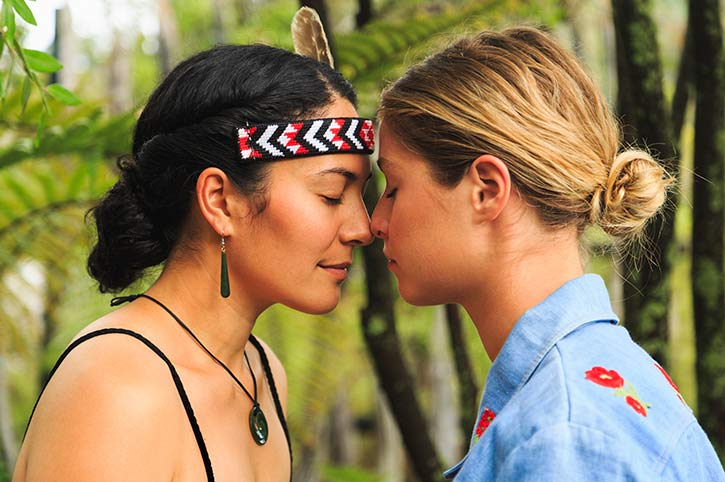
freedomdestinations.co.uk 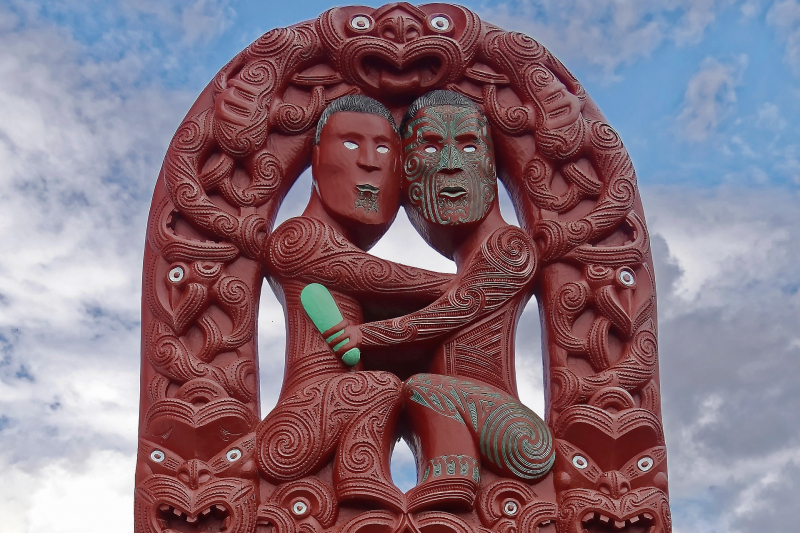
stayatbase.com -
New Zealand is a destination for thrilling adventure. The birthplace of adventure tourism, New Zealand, offers visitors the chance to mix their love of the great outdoors with their sense of adventure. There are adventure activities available for people of all confidence levels! from skydiving and heliskiing in the sky to rafting, horseback riding, and off-roading in the depths. If you're craving adrenaline and excitement, New Zealand provides all the adventures and things to do.
One of the most distinctive aspects of New Zealand is the glowworm caves. Large, old subterranean caverns abound, and as if that weren't enough, a good number of them are covered in blue glowworms that twinkle like stars above you. From a distance, they appear to be beautiful but they are in fact bright, sparkling maggots enticing their prey with dangling poop. On a blackwater rafting tour at Waitomo, on the North Island, you may have the best glowworm experience. Before diving deep into the caves to engage in an underground canyoning adventure beneath a ceiling of blue stars with an inner tube, you'll zip into a heavy wetsuit. From there, you'll slide, swim, float, rappel, zip line, and engage in other exciting activities.
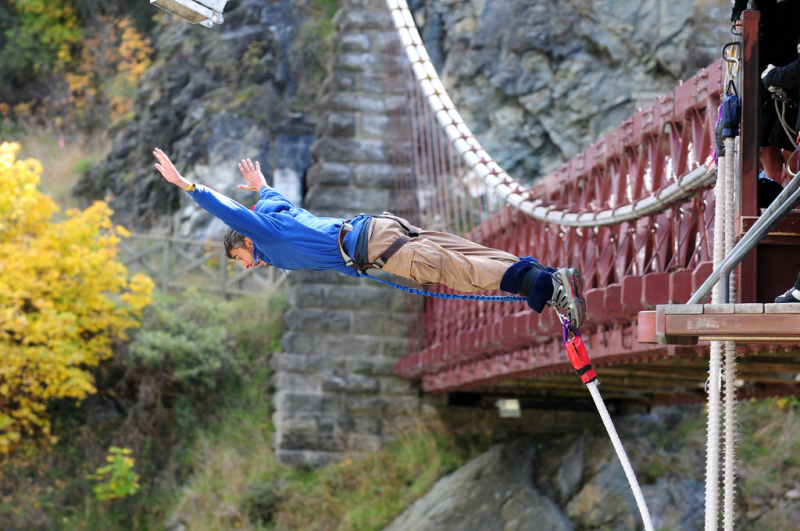
theculturetrip.com 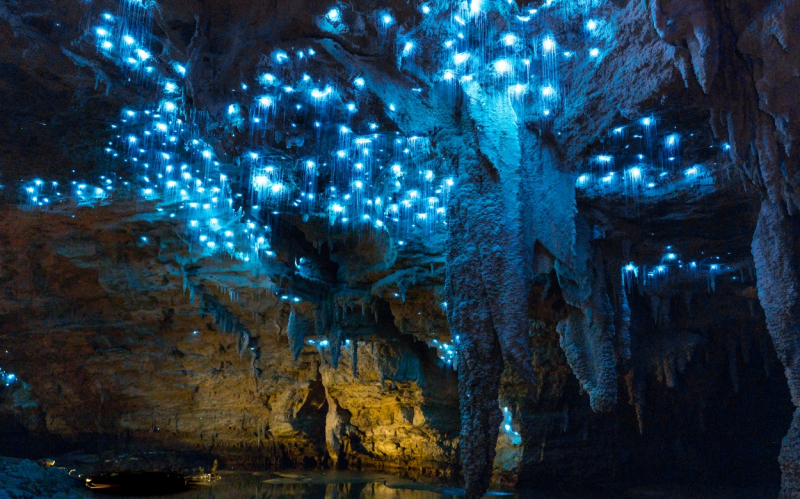
caveworld.co.nz -
New Zealand is definitely a haven for stargazers. Stargazing in New Zealand is feasible for almost any place and will wow you due to the pristine skies and minimal light pollution. There are several possibilities for stargazing in New Zealand, whether you are in the North or South Island. Especially in the fall and winter, you may step outside on nearly any clear night and be astounded by the night sky.
The spectacular Aurora Australis, often known as the Southern Lights, can be seen in abundance on Stewart Island, which was New Zealand's first Dark Sky Sanctuary and is recognized as one of the world's top locations for both stargazings and seeing them. The Southern Lights are a spectacular sight, but not nearly have the same level of fame as their Aurora Borealis northern counterparts. It's easy to observe the stars down here due to the extremely low light pollution levels. The aurora australis' spectacular dancing lights are well framed by the night sky's gloom.
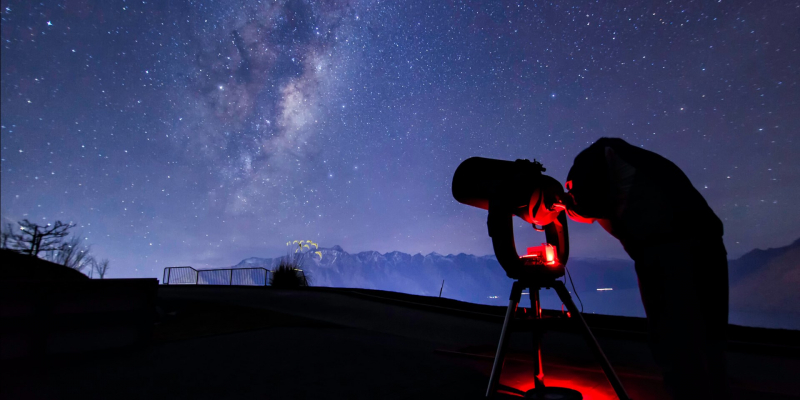
skyline.co.nz 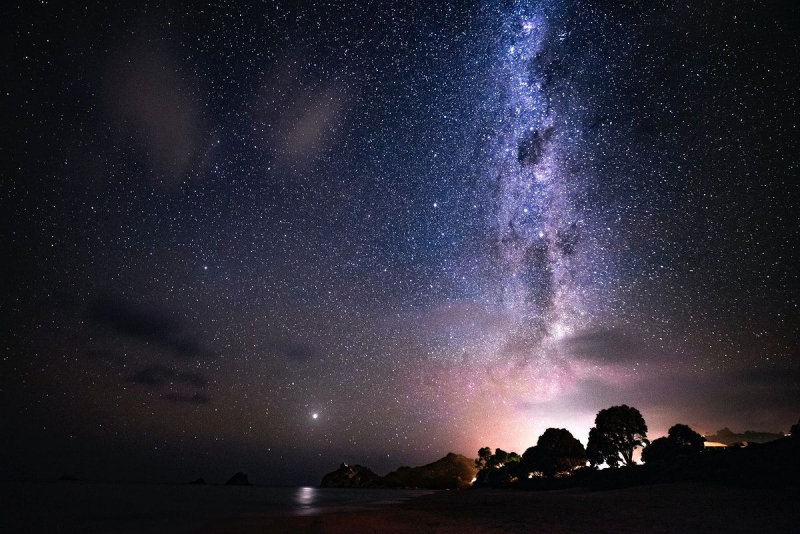
pinterest.com













